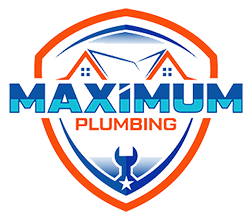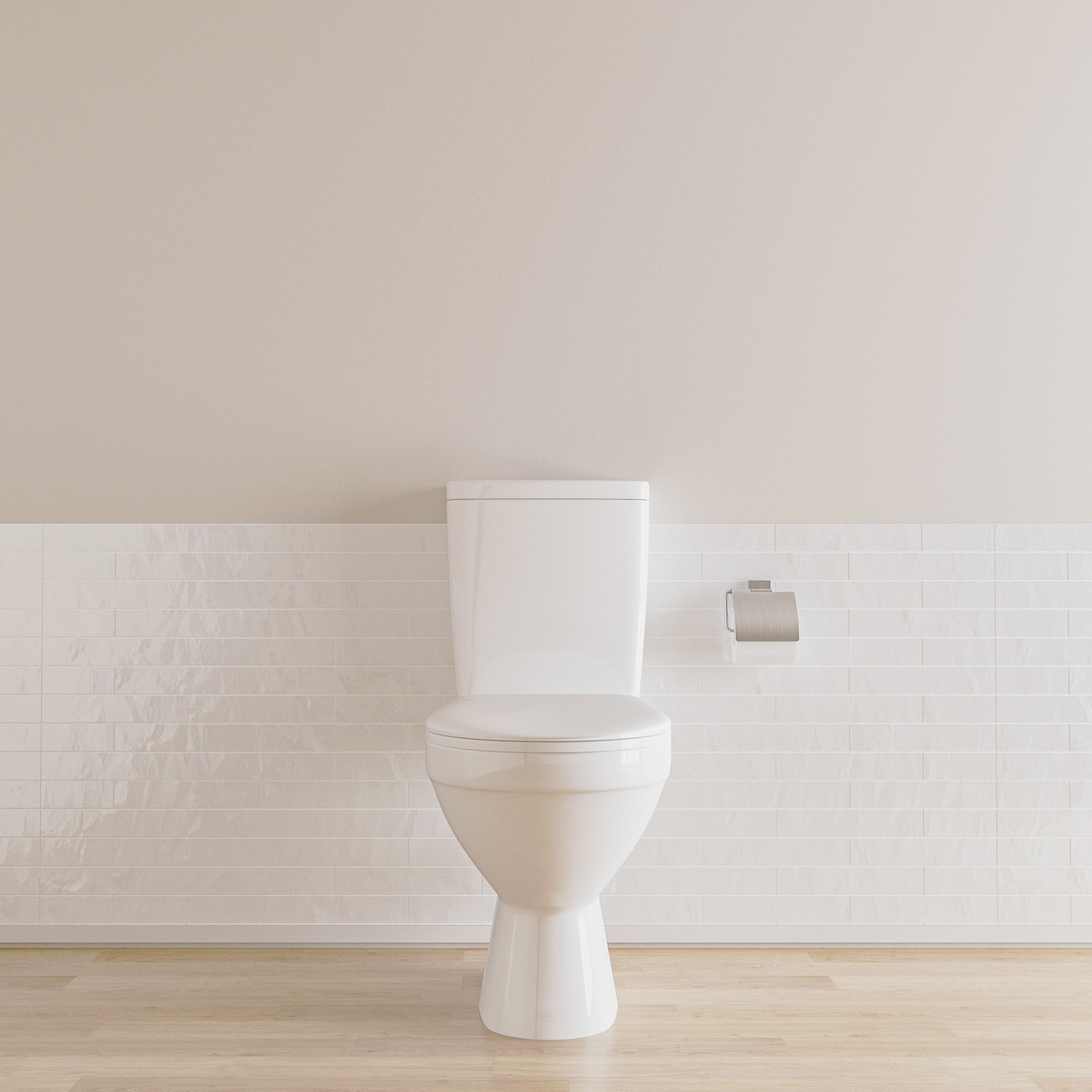Few things are as inconvenient as a toilet that refuses to flush when you need it most. Not only can it disrupt your routine, but it’s also a frustrating (and kinda gross) problem to diagnose. If you’re wondering, “Why won’t my toilet flush?”, you’re not alone. Whether it’s a minor blockage or a more complex mechanical issue, getting to the root of the problem fast is key.
Here are 7 common reasons your toilet won’t flush, along with signs to watch for and how you can fix them quickly.
1. Clogged Toilet
A clogged toilet is the most common culprit. Whether it’s too much toilet paper, wipes (even “flushable” ones), or a foreign object like a child’s toy, these materials can obstruct the drain and stop your toilet from flushing properly.
Signs to Watch For
- Water rising in the bowl when you attempt to flush.
- A gurgling sound in nearby drains.
- Slow water movement down the drain.
How to Fix It
Your first solution should always be a plunger. If that doesn’t work, try using a toilet auger to break up stubborn clogs. If the issue persists, the blockage could be deeper in the plumbing system, requiring help from a professional plumber.
2. Broken Flapper
The flapper is the rubber piece at the bottom of the tank, controlling the flow of water from the tank to the bowl. Over time, it can wear out, bend, or crack, causing it to malfunction.
Signs to Watch For
- Constant running water sounds, even when the toilet hasn’t been flushed.
- Insufficient water entering the toilet bowl during a flush.
How to Fix It
The good news? Replacing a flapper can be a simple and inexpensive fix if you’re up for a little DIY. You can find a replacement flapper at any hardware store. If you’re unsure which one to buy, bring the old flapper with you as a reference.
3. Low Water Levels in the Tank
For a toilet to flush effectively, the tank needs enough water. If the water levels are too low, there won’t be enough force to flush everything down the drain.
Signs to Watch For
- Water in the tank doesn’t fully refill after a flush.
- Weak flushing or incomplete flushes.
How to Fix It
First, check if the water supply valve behind the toilet is fully open. It’s a quick fix if it’s partially shut. If the valve is fine, check the float ball in the tank—it might need adjusting to allow the tank to fill to the correct level. If this is unfamiliar territory for you, don’t hesitate to call in the pros.
4. Hard Water Buildup
If you live in an area with hard water, mineral deposits can accumulate in the small holes under the toilet rim that release water when you flush. Over time, this reduces water flow and affects flushing power.
Signs to Watch For
- Weak flushes despite adequate water levels in the tank.
- Visible chalky residue or scaling around the toilet rim.
How to Fix It
Use a toilet-safe descaling cleaner and a brush to scrub under the rim. For tougher buildup, you may need to use a vinegar soak. You can do this by shutting off the water supply, filling the tank with vinegar, and letting it sit for a few hours before flushing.
5. Loose or Disconnected Lift Chain
The lift chain connects the flush handle to the flapper, lifting it when you flush. If the chain is loose, broken, or disconnected, the handle won’t be able to lift the flapper.
Signs to Watch For
- The handle feels loose or unresponsive when flushed.
- The flapper doesn’t move when the handle is pressed.
How to Fix It
Open the tank and inspect the lift chain. If it’s detached, reattach it to the flush arm. If it has too much slack, adjust the chain length to ensure the flapper lifts fully when flushed.
6. Cracked Overflow Tube
The overflow tube inside the tank is designed to prevent overflow by redirecting excess water. If it’s cracked, water can continuously escape into the drain, preventing the tank from filling adequately.
Signs to Watch For
- Water never reaches the overflow tube’s top.
- Persistent running water noise.
How to Fix It
Unfortunately, a cracked overflow tube can’t be repaired—it needs to be replaced. Since this requires some plumbing tools and expertise, it’s best to call in a professional for assistance.
7. Sewer Line Backup
If multiple drains in your home are slow or not functioning, your toilet’s flushing troubles could be a symptom of a larger sewer line issue, such as a blockage or backup. This is a more serious issue that requires immediate attention.
Signs to Watch For
- Multiple drains in your home are slow.
- Gurgling sounds from other drains when the toilet is flushed.
- Water backing up in your bathtub or sink.
How to Fix It
This is a job for a professional plumber. They may use tools like a sewer snake or hydro jetting equipment to clear the obstruction. Acting fast can prevent significant water damage to your home.
Don’t Flush Away Your Peace of Mind
A fully functioning toilet is an essential part of a well-run household, and ignoring flushing problems can lead to bigger (and messier) issues. If you’re still asking, “Why won’t my toilet flush?”, it might be time to call the experts.
At Maximum Plumbing, we specialize in clogged toilet repairs and plumbing solutions in Florence, KY, and the surrounding areas. With 24/7 live support, flat-rate pricing, and guaranteed customer satisfaction, we’re here when you need us most.
Call Maximum Plumbing or schedule a service online to fix your piping problems today!



